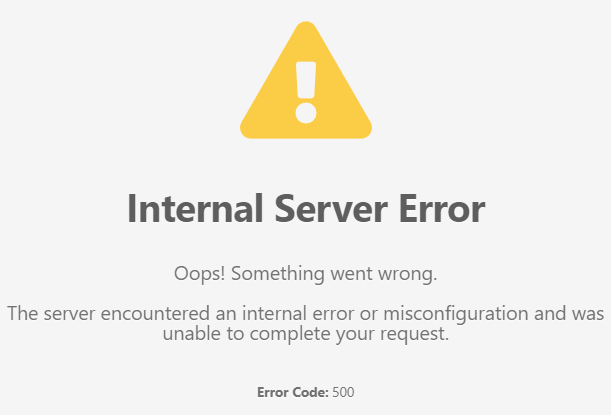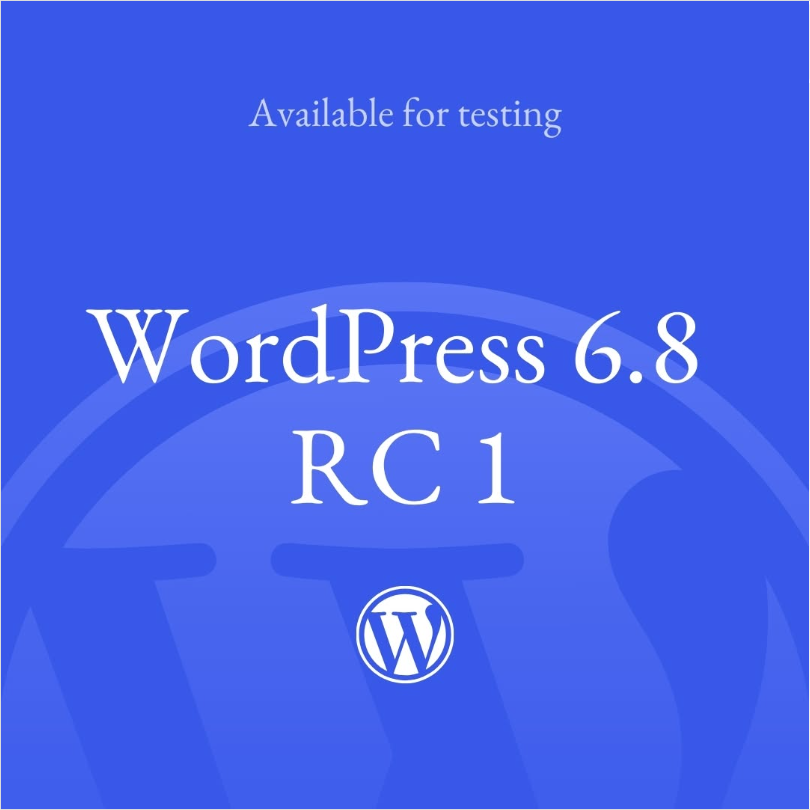WordPress MultisiteNetwork, compared with the ordinary WordPress site, multi-site network contains interrelated sub-site database, shared media library and complex user rights system, any operational errors may lead to permanent data loss. Now based on actual cases, systematic combing of multi-sitemigrationKey risk points in the process and response options.
![Image[1]- Complete Guide to WordPress Multisite Migration: Secure Transfer and Zero Data Loss Programs](http://gqxi.cn/wp-content/uploads/2025/05/20250516105627629-migrate-website.jpg)
Specificity of the database structure
multisite networkcomprehensive databaseContains several special data tables. Among themwp_blogsRecord basic information for all sub-sites.wp_siterespond in singingwp_sitemetastore network-level settings, and each sub-site has a separate data table group (e.g., thewp_2_posts). Testing revealed that direct replication of a single-site database resulted in broken sub-site associations.
In practice, the SQL file containing all prefixed data tables must be exported in its entirety. Use thephpMyAdminTo export, you need to check the "Custom" format and select the "Full Insert" option to avoid data truncation.
![Image [2]- Complete Guide to WordPress Multisite Migration: Secure Transfer and Zero Data Loss Solution](http://gqxi.cn/wp-content/uploads/2025/05/20250516104124390-image.png)
Command line export is more reliable:
bash
mysqldump -u username -p database name > multisite_backup.sqlMedia File Handling Essentials
The multisite network defaults to a shared upload directory structure, with media files from all subsites stored in the/wp-content/uploads/sites/within the subfolder. A common error is to migrate only the main site files, resulting in broken images in the sub-sites.
The reliable solution is to synchronize the entire upload directory using the rsync command:
bash
rsync -avz /old server path /wp-content/uploads/ new server:/wp-content/uploads/simultaneous check.htaccessfile permissions to prevent403 Denial of AccessError.
Domain name and path configuration
multisite networkwp-config.phpincorporateDOMAIN_CURRENT_SITEdefinitions, while the databasewp_optionstable (primary site) andwp_#_optionsThe table (sub-site) stores the absolute URL path. When migrating to a new domain, there are four steps of adjustments to perform:
- exist
wp-config.phpupdateDOMAIN_CURRENT_SITE(be) worth
![Image [3] - Complete Guide to WordPress Multisite Migration: Secure Transfer and Zero Data Loss Solution](http://gqxi.cn/wp-content/uploads/2025/05/20250516140011227-image.png)
- Bulk replacement of old domains using SQL:
sql
UPDATE wp_options SET option_value = REPLACE(option_value, 'old domain name', 'new domain name');
UPDATE wp_#_options SET option_value = REPLACE(option_value, 'old domain name', 'new domain name');;- Clear all cached plugin data
- Reset fixed link structure
Synchronization of user rights
Multi-site user data is stored in thewp_usersrespond in singingwp_usermetatable, while sub-site permissions are recorded in thewp_#_capabilitiesetc. in the metadata. Tests have shown that directly importing the user table may break role assignments.
Recommendation Process:
- Keep all user IDs intact when exporting
- After migration use "network administrator→subscribers→Redistribution of articles"Functions
- probe
wp_user_rolesWhether the option is a complete migration
Validation and Test Checklist
The following checks must be performed after completing the migration:
- All sub-site home pages load properly
- Can administrators switch between different sub-site backends
- Whether the media library image is displayed in full
- Whether the user logs in with the correct permissions
- Whether the plugin remains active at the subsite
Sub-sites appear404 errorWhen you do, you need to check thewp_#_optionstabulatedsiteurlrespond in singinghomevalues and resave the fixed link settings. Database connection problems usually stem fromwp-config.phphit the nail on the head$table_prefixMismatch with the actual database prefix.
![Image [4] - Complete Guide to WordPress Multisite Migration: Secure Transfer and Zero Data Loss Solution](http://gqxi.cn/wp-content/uploads/2025/05/20250516141420899-image.png)
Emergency Recovery Program
Preparing two recovery plans minimizes risk:
- database snapshot: Create database point-in-time recovery markers before migration
- File Backup: Retention of the full
wp-contentCatalog Zip
Practical examples show that when the subsite data is abnormal, separate recoverywp_#_optionstable is often more efficient than a full library rollback. Using theWP-CLI(used form a nominal expression)search-replacecommand is more secure than manual SQL replacement:
bash
wp search-replace 'old domain' 'new domain' --network --dry-runThe complexity of multi-site migrations stems primarily from data correlation.Understanding Table Structure Relationships,Adoption of incremental operation,Establishment of a complete rollback mechanismThese three elements are effective in controlling risk. For hyperscale networks, it is recommended thatMigration of sub-sites in batches, validate core functionality immediately after each migration to avoid systemic failures.
Link to this article:http://gqxi.cn/en/54713The article is copyrighted and must be reproduced with attribution.
























![Emoji[jingya]-Photonflux.com | Professional WordPress repair service, worldwide, rapid response](http://gqxi.cn/wp-content/themes/zibll/img/smilies/jingya.gif)






No comments